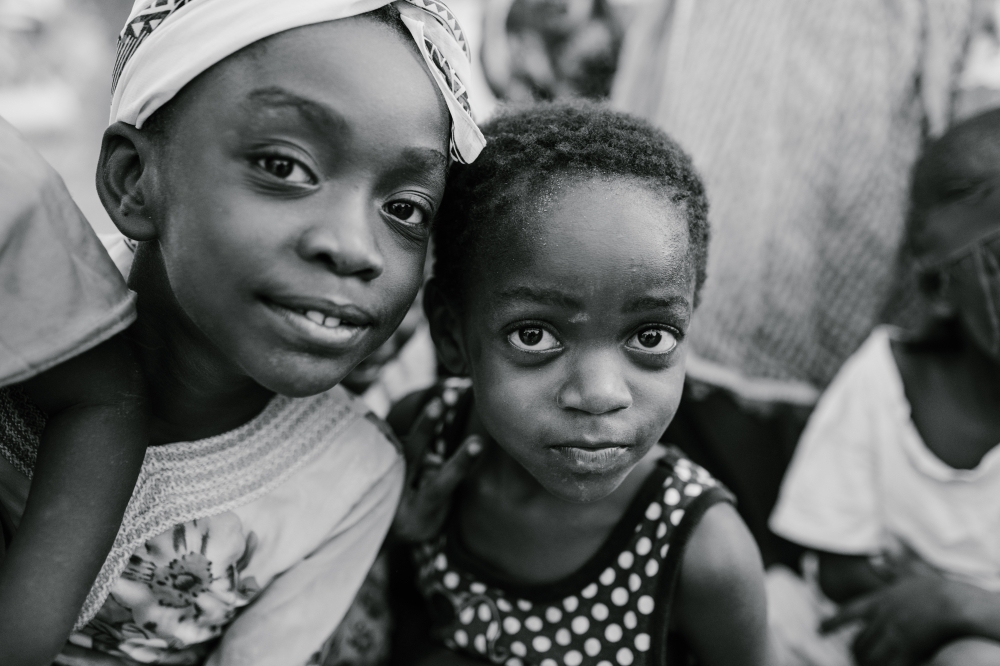Poverty the biggest threat facing the African Child
As part of observing the International Day of the African Child on 16 June 2022, the Basic Income Grant (BIG) Coalition of Namibia hosted a public event themed “Ending Multidimensional Child Poverty in Namibia” in Windhoek.The event highlighted the multidimensional child poverty experienced by Namibian children, the negative effects of poverty on the Namibian child, and the possible interventions to end child poverty to improve children’s wellbeing.
According to the BIG Coalition, poverty is the biggest threat facing the African child which minimises their chances of living a decent human life and reaching their full human potential. Experiencing poverty in its various dimensions during childhood can be particularly damaging to a child’s development. Poverty’s devastating impacts are not only severe and immediate on children, but its harmful consequences that can contribute to socioeconomic inequalities, affecting the entire society and slowing down development.
Local situation
According to UNICEF's “Ending Multidimensional Poverty in Namibia” Policy Brief of 2021, food security and nutrition status are the two major drivers of child poverty in Namibia.
Namibian children experience disproportionately higher levels of multidimensional poverty. On average, 51.3% of children aged 0-17 years are living in multidimensional poverty, compared to 37.4% for adults (18+years) and the national average of 43.3%.
The children living in poverty experience multiple deprivations at the same time. The intensity of multidimensional poverty amongst the child population is 45.1%. This means that each multi-dimensionally poor child in Namibia is deprived in 45.1% of the total indicators analyzed, which is about 5 of the 11 indicators.
Children in Namibia experience different incidences of multidimensional poverty at the different stages of their life. The highest headcount poverty ratio is reported for the age group of 2-4 years (57.3%) compared to the 47.9% for those within the 15-17-year age group. However, the intensity of child-based multi-dimensional poverty is somewhat constant across age groups, which means the poor children are deprived in the same number of indicators, i.e. 5 of the 11 indicators, across their life course.
Social protection
Even though redistributive cash transfer programmes such as a universal BIG have poverty and inequality reduction effects, the government says it is unable to implement universal BIG due to financial constraints caused by the recession Namibia has been experiencing since 2016, while the Covid-19 pandemic outbreak has exacerbated Namibia’s poor economic prospect.
However, the BIG Coalition says that social protection programmes such as the universal BIG, which has been scientifically validated by 130 pilot studies across the world to be by far the most cost efficient way through which to reduce poverty, is affordable under the current financial environment. It is a matter of political will and setting priorities right.
“Good government policies need to be put in place that will protect state money to assure us that state funds are not lost to wasteful spending, corruption or abusive activities but rather used to support struggling families and their children,” the BIG Coalition says.
The intensity of poverty and child poverty in particular illustrates the urgency and magnitude of the problem. The government is thus called up to strengthen its fight against poverty through the implementation of a universal BIG of N$500/person/month for all Namibians aged 0-59 in order to ensure maximum impact on deprivations.
To sum up, the BIG Coalition says the benefits of a universal BIG far outweigh the cost of investing in it.



